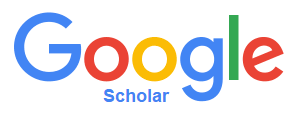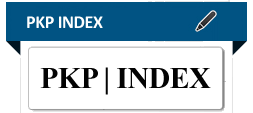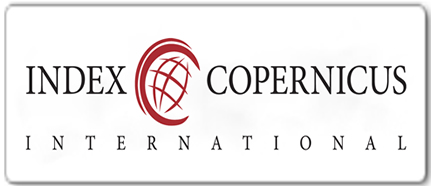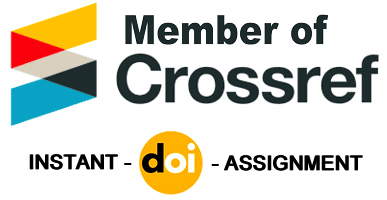ADDRESSING TONE-MARKING CHALLENGES IN DIGITISED YORÙBÁ TEXTS FOR WEB COMMUNICATIONS
DOI:
https://doi.org/10.5281/zenodo.16281733Keywords:
African digital humanities, tone orthography, digital orthography, tone diacritics, born-digital dataAbstract
This study is driven by the following questions: Do Yoruba born-digital datasets consistently observe tone orthography? What are the primary implications of neglecting tone-marking? How can tone orthography be effectively implemented in Yoruba born-digital texts? The study aims to examine the extent to which tone-marking is applied in born-digital Yoruba datasets, identify the key implications of tone-marking neglect, and explore practical strategies for ensuring the proper implementation of tone orthography in Yoruba digital texts. Utilizing the Yorùbá Web 2015 corpus (yorubawac15), data were sourced from websites such as wikipedia.org, alaroyeonline.com, nairaland.com, and others. A toneless search query, aja, was used via the Sketch Engine tool to generate a concordance, from which 50 lines were manually extracted and analyzed. The findings reveal that tone orthography is poorly implemented in the selected born-digital texts and underscore the linguistic and communicative consequences of this neglect, including ambiguity and loss of meaning. Two practical solutions are proposed: the adoption of predictive typing tools for general users and the use of Unicode keyboards for proficient writers. Due to the limited scope of the study, the analysis was confined to 50 concordance lines. This study ultimately advocates for the integration of tone orthography in Yoruba digital writing and emphasizes the importance of linguistic accuracy in the era of African digital humanities.
Downloads
Downloads
Published
Issue
Section
License
Copyright (c) 2025 Journal of Education, Communication, and Digital Humanities

This work is licensed under a Creative Commons Attribution 4.0 International License.













 =======================================================================================================================================
=======================================================================================================================================